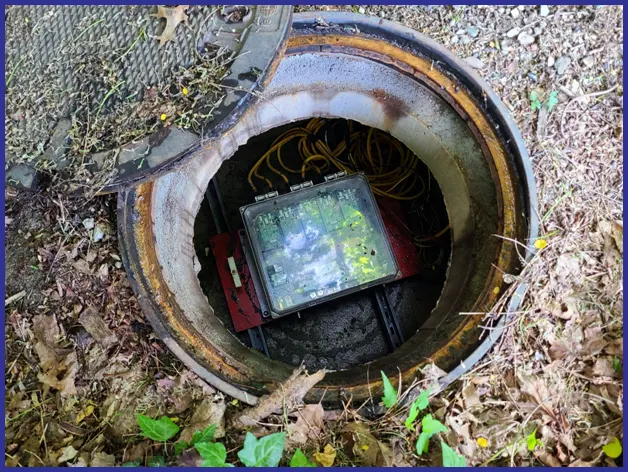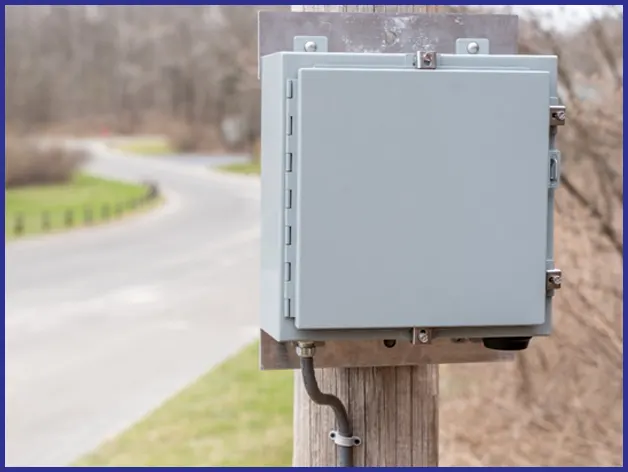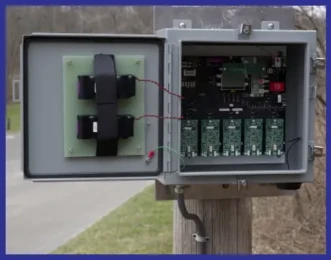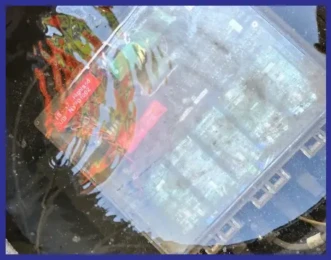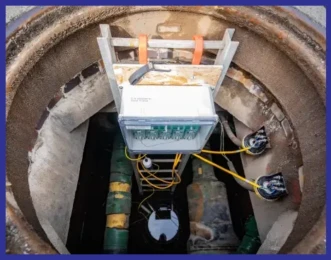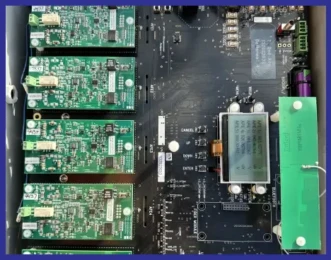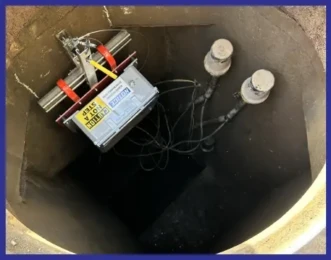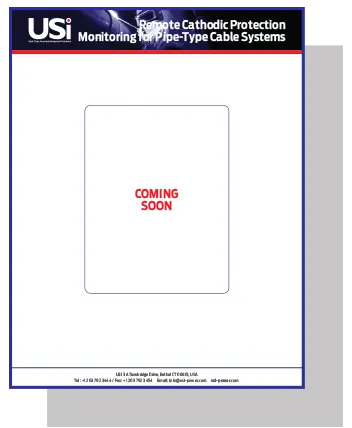Operating Experience with High-Pressure Fluid Filled (HPFF) and High-Pressure Gas Filled (HPGF) cables has demonstrated that these pipe-type circuits will greatly exceed their 40-year design life provided they are 1) operated within the maximum operating temperature, 2) operated at the nominal pressure rating and 3) the pipes remain effectively protected from corrosion. Unlike 1) and 2), Item 3) does not generally represent an immediate operational concern but when left unattended corrosion can lead to costly environmental cleanup and even potential cable failures.
Periodic Maintenance of a Cathodic Protection (CP) system consists of operational verification of the system hardware typically installed in substations or on poles along the circuit route. In addition, if test stations are present above or below grade along the cable route, electrical measurements at these test points can also be used to verify integrity of the CP system. Collectively, these voltage and current measurements are used to characterize and assess the effectiveness of the corrosion protection system. The performance criteria are well established and follow guides published by NACE.
However, periodic CP inspections are presently performed manually. Maintenance personnel are often required to work within or alongside active roadways to access the test stations. They are time consuming and offer only a one time “snapshot” condition assessment that is performed at the time of the inspection survey. They are typically performed irregularly at long intervals, often yearly or not at all. As such, hardware failures, power disruption, changes in pipe coating effectiveness, and shorted isolation flanges can go undetected for years. These issues can be identified and resolved by monitoring. However, until now this has proven to be prohibitively expensive to install and operate from remote and inaccessible locations particularly when installed below grade.
USi has developed a Remote Monitoring Device (RMD) that utilizes the cellular Low Power Wide Area Network technology presently deployed worldwide to support the proliferation of IoT devices. We have demonstrated that this low-cost communications pathway between remotely installed sensors and the service providers’ internet gateway is feasible directly from underground locations.
The RMD contains a microprocessor controller that is configured for onboard data preprocessing, data analysis and control of the sensors and transceiver to optimize battery life (5+ years) while providing enough meaningful information to characterize the operating condition of the monitored asset. For asset managers, real time remote monitoring facilitates migration from “periodic” to “condition- based” maintenance. Furthermore, the implementation cost, particularly for legacy systems where the power and/or communication infrastructure necessary for traditional monitoring is not present and prohibitively expensive to install, is now reduced to a level enabling widespread deployment.
In short, USi’s Remote Monitoring Device provides operational data from above grade CP equipment, as well as from underground vaults (manholes and test stations) that are distributed along the circuit route. A transition to condition-based monitoring enables utility asset managers to discontinue current costly manual practices, keeping personnel out of hazardous working environments, improving reliability, and saving money.
The system is designed to work in challenging manhole environments where connections for power and communications are unavailable.
HOW IT WORKS
Our RMD is configured to measure DC voltages ranging from a few microvolts through 100 volts using up to five isolated analog/digital signal conditioning cards. These are designed specifically for electric utility transmission circuits where immunity to high voltage transients is paramount.
Where power and communication connections are unavailable, cost prohibitive or undesirable the RMD can be configured for very low power battery operation that will last for 5 years or more. As an example, the RMD can be configured to collect 50 samples from each of 5 input cards, once every hour. It can then generate a statistical representation of the data each hour and transmit the results of the past 24 hours to a secure server using cellular IoT communication protocols. Asset managers can reconfigure the monitoring protocol when desired.
The routine monitoring protocol can be interrupted when required to run special “utility tests” at higher sampling speeds with open communications channels. As an example, CP system tests, such as a NACE CP Instant-Off potential test, can be made at 5 samples/second for a test that would last 15 minutes or less. All RMDs along the circuit route can be temporarily re-configured remotely to run simultaneously in a high-speed utility test mode, continuously transmitting the raw data during the test.
For station locations or remote locations where power and fiber communications are available, the RMD can be configured using MODBUS protocol to run permanently in high-speed mode, capturing and relaying data on a schedule determined by the asset manager.
The RMD can be provided in a non-metallic or an optional steel weatherproof enclosure. An onboard environmental sensor measures and reports the conditions inside the enclosure. An optional I2C sensor port is available for additional low power demand sensors.
TECHNICAL DATA:
DOWNLOAD
To learn more about Remote Cathodic Protection Monitoring, please download the PDF Brochure.

